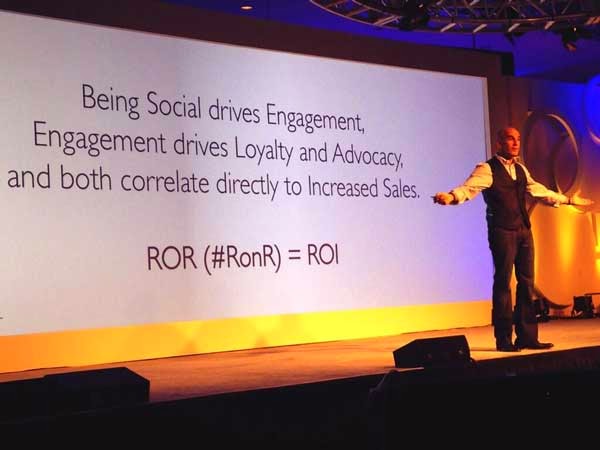Business Intelligence act as a ladder for corporate leader to shape the future of business. It enables the business to make intelligent, fact based decision.
In the era
of BIG DATA, where there is continued pressure on business to find true
business insight, enhance decision making and improve operational efficiencies.
Business Intelligence comes in with greater advantage over traditional
reporting.
Instead of
being reactive, BI enables the business to be proactive with more focused on
growing the business. BI tool is empowering organisations to bring together and
analyse data on a large scale which never previously possible.
BI has
emerged as a flexible interface to enable more people to make better decision
based on more data, with advanced and interactive pull model technology it
makes user to work at the speed of thought.
With low IT
Impact it can easily connect all Idle dots in business and collectively form a
“supply chain “and allows business to use past behaviour and predict future
activity. This will not only put you ahead of competitor, it will help you stay
lively during uncertain time.
How Business
Intelligence can make your business more Intelligent.
1) Get faster answer to your business question: - In the era of multi-national
company where sun never sets for business, Business intelligence gives you real
time insights of your business, rather than spending hours reading through
volume of printed reports.
2) Eliminate Guesswork: - Business intelligence can provide
more accurate historical data, real-time updates, analysis between departmental
data stores, forecasting and trending, and even predictive “what if analysis,"
eliminating the need to guesstimate.
3) Get Actionable KPI: - Get accurate and real time KPI to
know better your business and take appropriate and timely action.
4) See Past, Present and future of your business: - Business
Intelligence can predict the future of business by showing yours past and
present report of business.
5) Manage Inventory better: - Business intelligence can help you
"order the right amount of inventory at the right time so that customers
receive their products when they need them," and your business doesn't
bear the cost of stocking excess inventory.
And many more…
Following
practice can make BI Implementation success in your business environment.
- Use intelligence of business intelligence.
- Entire process should be agile and pull based.
- Choose the most appropriate tool based on use and capability.
- Seek training and help from practitioner on regular basis.
- Make sure there is involvement of everyone, who are in system.
Applying
these best practices can help deliver BI capabilities to make business more
data driven.




.jpg)

